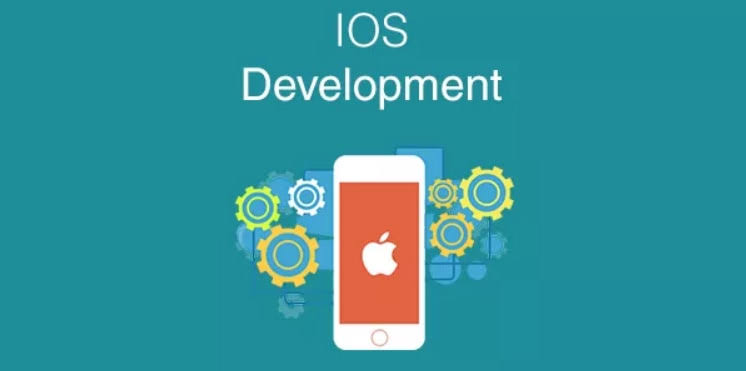Cathy Moriarty is an American actress born on November 29, 1960, in The Bronx, New York City. She is best known for her role as Vicki LaMotta in the Martin Scorsese-directed film Raging Bull (1980), which earned her a nomination for the Academy Award for Best Supporting Actress at the age of 20.
Moriarty began her career as a model before she was discovered by Scorsese and given the role of Vicki LaMotta in Raging Bull. Her performance in the film was critically acclaimed, and she quickly gained recognition in Hollywood. Moriarty went on to star in several other films, including Neighbors (1981), Kindergarten Cop (1990), Casper (1995), and Analyze That (2002).
In addition to her film career, Moriarty has also appeared in several television series, including Law & Order: Special Victims Unit, Ghost Whisperer, and the short-lived series, The 100 Lives of Black Jack Savage. She has also worked as a voice actress, lending her voice to characters in animated shows such as King of the Hill and the video game Mafia II.
Throughout her career, Moriarty has received numerous accolades for her work, including a Golden Globe nomination for her role in Raging Bull and an Emmy nomination for her guest role on Law & Order: Special Victims Unit. She has also been honored with a star on the Hollywood Walk of Fame.
Moriarty is known for her intense, powerful performances on screen and her commitment to her craft. Despite taking breaks from acting to raise her family, she has remained a respected figure in the industry and a role model for aspiring actors.
Moriarty's acting career slowed down in the late 1990s, as she focused on raising her two sons. However, she returned to the screen in the 2000s with roles in films such as Stuart Little 2 (2002) and The Bounty Hunter (2010). In recent years, she has continued to work on a variety of projects, including independent films and television shows.
Beyond her work in film and television, Moriarty is also a philanthropist and advocate for several causes. She is an ambassador for the National Breast Cancer Coalition and has worked to raise awareness about the disease and support research efforts. She has also been involved with organizations that support children with special needs, such as Autism Speaks and the International Rett Syndrome Foundation.
Throughout her career, Moriarty has demonstrated her versatility as an actress, taking on a range of roles and genres. She is known for her ability to bring depth and complexity to her characters, and her performances continue to captivate audiences today.


























